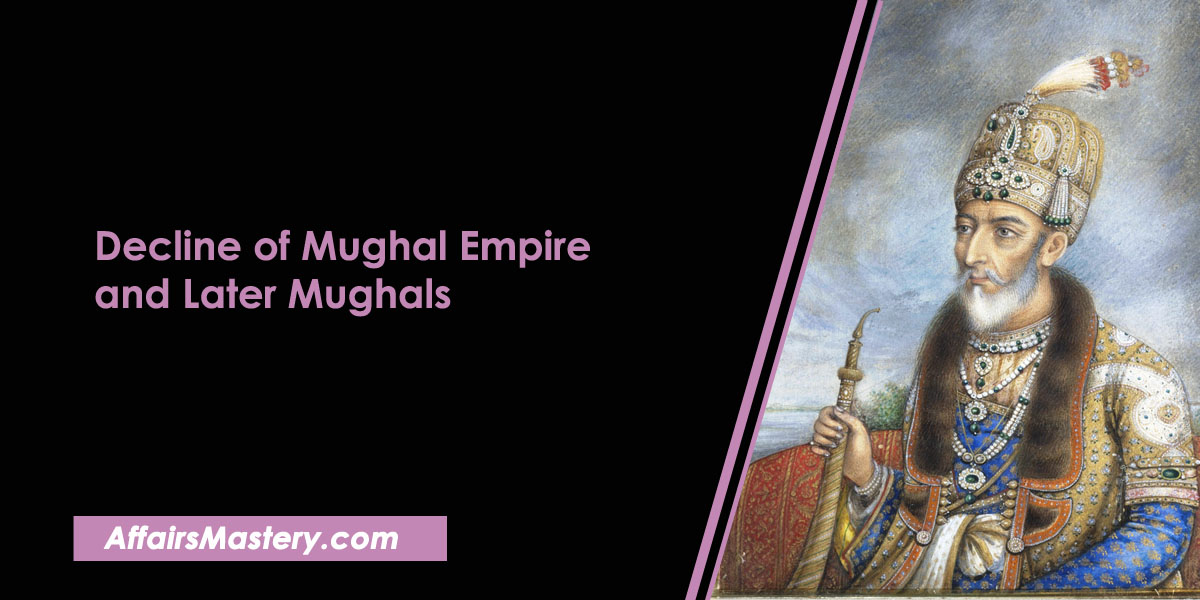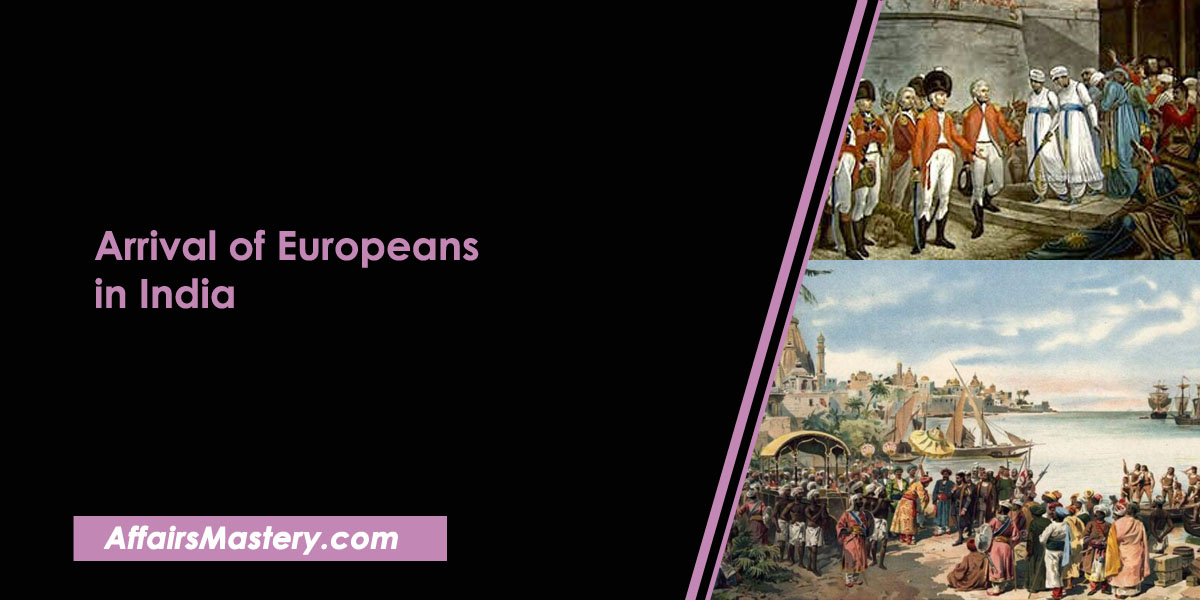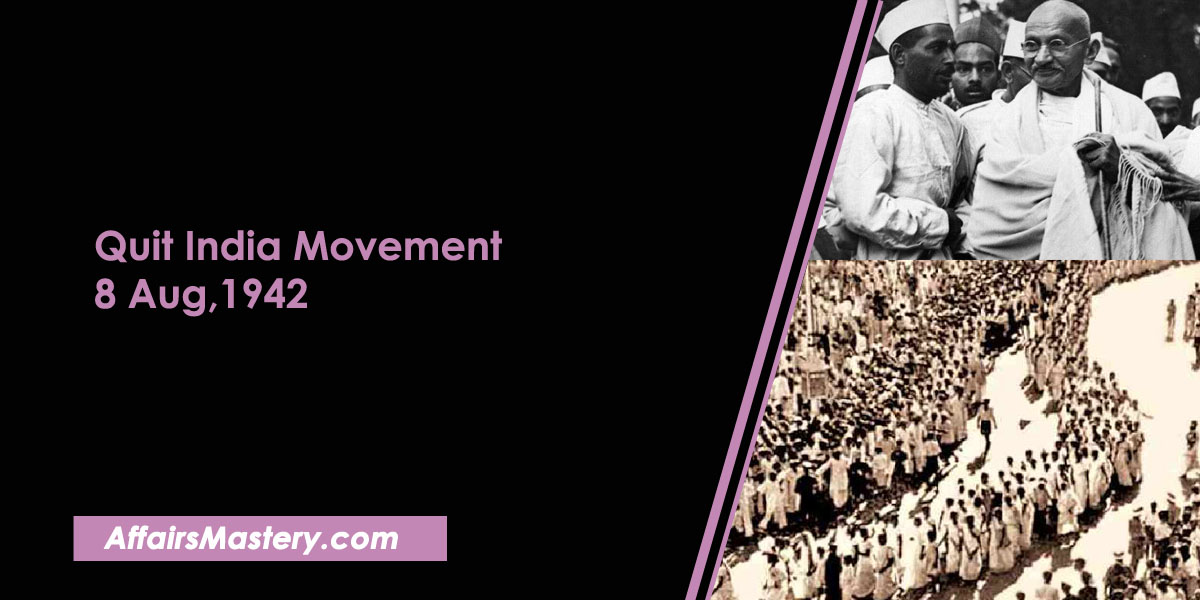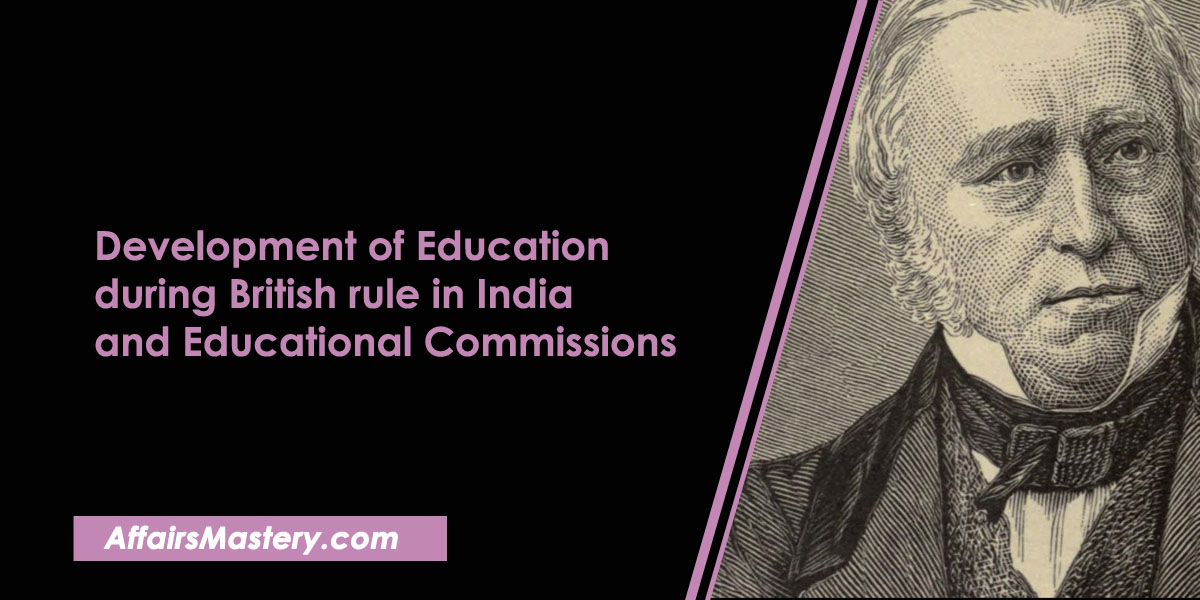Land Revenue Systems in British Rule – Important Short Notes – Permanent Settlement, Ryotwari System, Mahalwari System etc
Land Revenue Systems in British Rule. Land revenue was one of the major sources of income for British colonialists in India, as it allowed them to collect taxes from landowners and use that money to fund their own interests. This system had a significant impact on Indian society during that period.
During the British rule in India, there were various types of land revenue policies that had been implemented to regulate and manage taxation. These included zamindari systems, ryotwari system, mahalwari system and others which all served different purposes for their respective regions. Important Short note for various exams.
From the perspective of an examination like Civil services, State exams, SSC, Banking, Railways and any other One Day exam, all the necessary facts and information are listed below.
Izaredari System
- The British version of the Izaredari System was established under Warren Hastings in 1772.
- Under this system, the individual or organization that offers the highest bid would be granted exclusive rights to collect revenue.
- It had been five years since this system was held, but in 1777 it became an annual occurrence.
- Zamindars were not seen as landlords, but rather they acted as revenue collectors and received a commission for their services.
Outcome
- This system was a comprehensive failure due to the fact that bidders were mostly contractors with no effects on these peoples’ wellbeing, thus this led them to try their utmost in regards to garnering higher profits.
- During the auction, an inaccurate assumption was made that bidding for a certain land would be higher than what it actually ended up being and consequently, the revenue from its sale was set to its highest possible amount.
- Officers from the company were able to participate in the auction indirectly by having their servants bid on items for them, allowing them to get involved without being present.
Permanent Settlement
- It was Lord Cornwallis who introduced this system of Permanent Settlement in India back in 1793.
- In 19% of British India, including Bengal, Bihar, Odisha, the Banaras region of Uttar Pradesh and areas of Northern Karnataka encountered a level of prevalence.
- Under the Permanent Settlement of 1793, zamindars were formally allowed to keep 1/11th portion of revenue received while 10/11 part was given away to East India Company in return for being recognized allodially owners by British Crown.
- According to the provisions laid in the landlord’s estate, his whole property was considered as part of his assets and therefore had to be divided among any dependents upon his passing.
- The land revenue for zamindars and their heirs was fixed, meaning that it would remain the same in perpetuity without any changes or adjustments.
Outcome
- This system fortifies feudalism amongst the upper stratums of society and bolsters slavery throughout the lower divisions, creating an incredibly unequal dynamic.
- Because of the fixed land revenue system, even if agricultural land and production costs increased, the government’s income from this source could not increase. This was a major limitation in terms of generating more funds .
- As Zamindars began to move away from their rural lands and settle in cities, a new phenomenon known as “Absentee Landlordism” emerged.
- The “Sunset Law” was implemented in 1794, which stated that if a zamindar didn’t submit the revenue from his land by sunset of the predetermined date, then their estate would be confiscated and auctioned off.
Ryotwari System
- It was in the year of 1820 when Thomas Munroe and Captain Alexander Reed introduced it to the territories managed by The Company.
- It was first recorded that Captain Reed employed the use of a new method in 1792 within the Baramahal region of Tamil Nadu, which is part of Madras presidency.
- 51% of British India followed this system, which included parts such as Madras, Bombay, Eastern Bengal, Assam and Koorg.
- In Bombay presidency, it was applied by Elphinstone, Chaplin and Winget.
- It was acknowledged that Ryots were the rightful owners of the land they cultivated and thus, revenue collection had to be done directly from them in order to ensure fairness.
- Pattas were assigned to the ryots, which allowed them to cultivate and pay rent for their land.
- The farmers had to pay a hefty revenue between 45% and 55% of their profits to the Company before 1836. However, after that year Wingate and Goldsmith revised and improved this system
- In this system, Ryots were able to have more autonomy and independence compared to other systems.
- The government decided to not fix the revenue so that it can increase in case of more production.This way they are able to maximize their profits and ensure a steady flow of income.
- The advantages of this system were clear, as it eliminated the need for a middleman and allowed transactions to be completed more quickly and efficiently.
- This system was seen to be more advantageous and thus it was widely adopted due to its many benefits.
Outcome
- This system was much more costly than the Zamindari system, as it required a large amount of money to be invested in order for it to function properly.
- Unfortunately, corruption has been increasing at an alarming rate among the officers employed in this system.
- During the assessment of land, bribery was a common occurrence among officers as it allowed them to gain favor and influence over landowners.
- Revenue for other lands was determined based on the land that had already been surveyed and assessed.
Mahalwari System
- This system was created after the Permanent Settlement and Ryotwari System, which were two of the most important land revenue systems in India during British rule.
- The Mahalwari system was officially implemented in 1822, based on the regulations of East India Company secretary Holt Mackenzie.
- Approximately 30% of British India, including the North-West provinces, parts of Central India, Punjab and Ganga Valley were using it during that time period.
- Under this system, the revenue for all landowners was determined by assessing the total production of an entire village and it was fixed collectively.
- This revenue settlement was successfully completed with the landlords who all claimed to be owners of the village.
- The Mahalwari system was a dual-system of land settlement in which the whole community and individual landlords were both involved.
Outcome
- The survey was based on flawed assumptions which left room for manipulation and corruption.
- At times, the Company had to spend more money on collection than what was actually collected in revenue. This caused a lot of frustration and eventually led to the system being deemed an unsuccessful endeavor.
Taluqdari System
- The term ‘taluqdar’ has a variety of meanings depending on the region in India. In Oudh, taluqdars are great landholders while in Bengal they have control over large amounts of land and hold an important social status that is just below zamindar.
- The large landowners, known as zamindars, had created many taluqs under various names such as junglburi taluq, mazkuri taluq and shikmi taluq in order to better manage their land.
- These regulations were created as a combination of zamindari management strategies and policy measures to raise funds for specific purposes.
Outcome
- After the Permanent Settlement of 1793, a new variety of taluqs were created by zamindars in order to increase their revenue and power.
- Due to the implementation of the Permanent Settlement, many zamindars had no choice but to divide their lands into categories such as pattani taluq, noabad taluq and osat taluqs. This was necessary in order for them to stay afloat amidst growing financial burdens.
Malguzari System
- The land tenure system that was used in the previous Central Provinces was called Malguzari System, where Malguzari would merely be a revenue farmer paying taxes to Marathas.
- When the Marathas rose to power in this region, they delegated the revenues of villages to influential and wealthy people known as Malguzars. This allowed them to maintain their control over these areas while also ensuring that those with wealth were able to benefit from it.
- During the British rule, they were given proprietary rights and held responsible for payment of revenue to the colonial government.
- Initially, the farmer or manager was referred to as Mukaddam but under the rule for Summary settlement of 1855, they were given a new title – Malguzar. This change in name provided them with more recognition and respect within their community.
- Under this system, the Lambardar was appointed from among the Malguzars and acted as a revenue engager to collect taxes on behalf of the government.
If you find our content helpful and interesting, please consider joining us on Telegram @affairsmastery_official to show your support. We would really appreciate it!
Related articles
- Important Battles in Indian History 2023-24
- Important treaties in Indian history 2023-24
- List of Foreign Travellers who came to India
- List of Governor General of India and Viceroy of India
- Robert Clive – Important Short Notes for Exams 2023-24
- Warren Hastings – Important Short Notes for Exams 2023-24
- Lord William Bentinck – Important Short Notes for Exams 2023-24
- Lord Canning – Important Short Notes for Exams 2023-24
- Lord Mountbatten – Important Short Notes for Exams 2023-24
- C. Rajagopalachari – Important Short Notes for Exams 2023-24
- Lord Wavell – Important Short Notes for Exams 2023-24
- Lord Linlithgow – Important Short Notes for Exams 2023-24
- Lord Willingdon – Important Short Notes for Exams 2023-24
- Non Cooperation Movement (1919-1922)
- Important Personalities related to Social Movements of India
- List of Important Books on Revolt of 1857 and their Author
- Important Leaders of 1857 Revolt and their places
- Constituent Assembly of India and its Composition: Important Short Notes
- Important Tribal Movements in India
- Direct Action Day 1946: Important Short Notes for Exams
- Interim Government of India, 1946 and its members
- Important Socio Religious Reform Movements in India – Short Notes
- Khilafat Movement (1919-1924) – Important Short Notes for exams
- Lucknow Pact, 1916 – About, Features, Outcome (Important Short Notes)
- C R Formula or Rajaji Formula, 1944 – About, Main Points (Important Short Notes)
- Wavell Plan, 1945 – About, Main Points (Important Short Notes)









